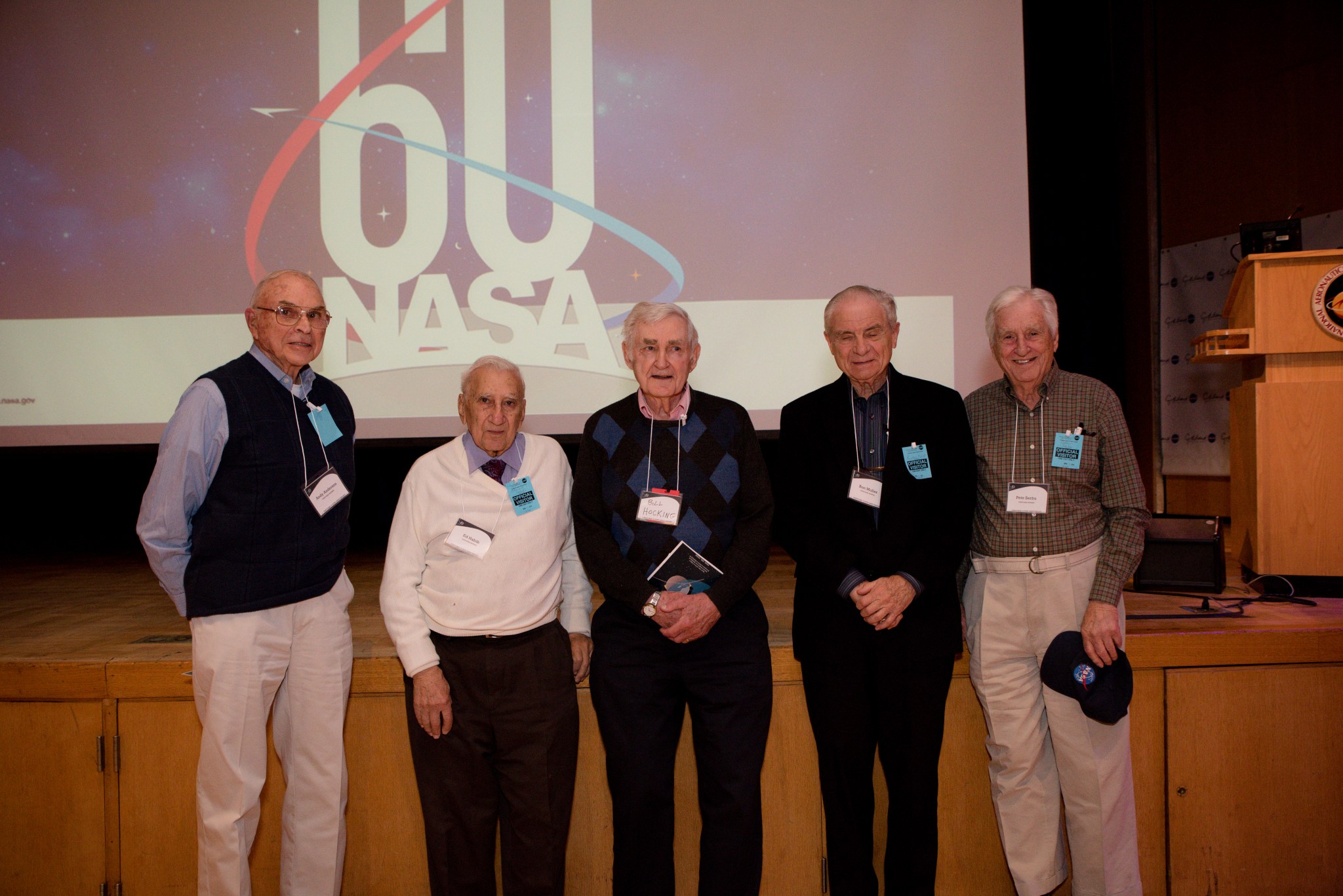3 min read
In the dawn of the Space Age, a group of scientists and engineers from the Naval Research Laboratory (NRL) had their eye on a new frontier: the uncharted expanse of space. Project Vanguard, initiated in 1955, aimed to launch the first American satellite into Earth orbit as part of the International Geophysical Year (July 1957 to December 1958). Led by NRL, it envisioned a three-stage rocket design and emphasized scientific instrumentation over military application while showcasing American ingenuity. Despite its ambitious goals, Project Vanguard encountered difficulties. The first five Vanguard launch attempts suffered critical failures, earning it the nickname "Flopnik" in the press. The public, eager for American success in space following the Soviet Union's launch of Sputnik 1, was disappointed in Vanguard's performance. However, Vanguard's legacy extends beyond its initial setbacks. On March 17, 1958, Vanguard TV-4, also known as Vanguard I, achieved orbit to become America's second satellite and the world's fourth artificial satellite in space. This success marked a major milestone and instilled renewed confidence in the project. Today, Vanguard I remains in space as the oldest satellite orbiting the Earth.
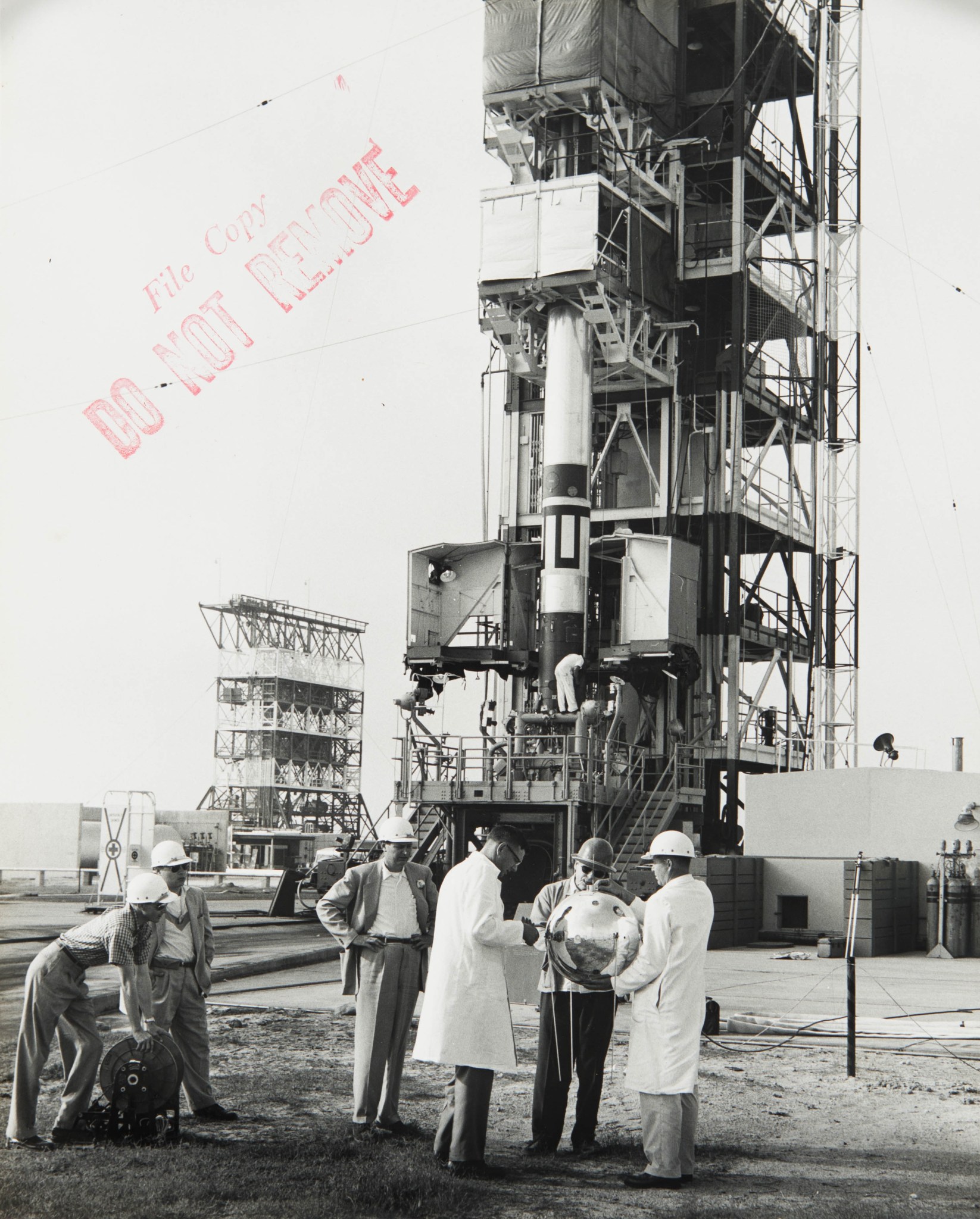
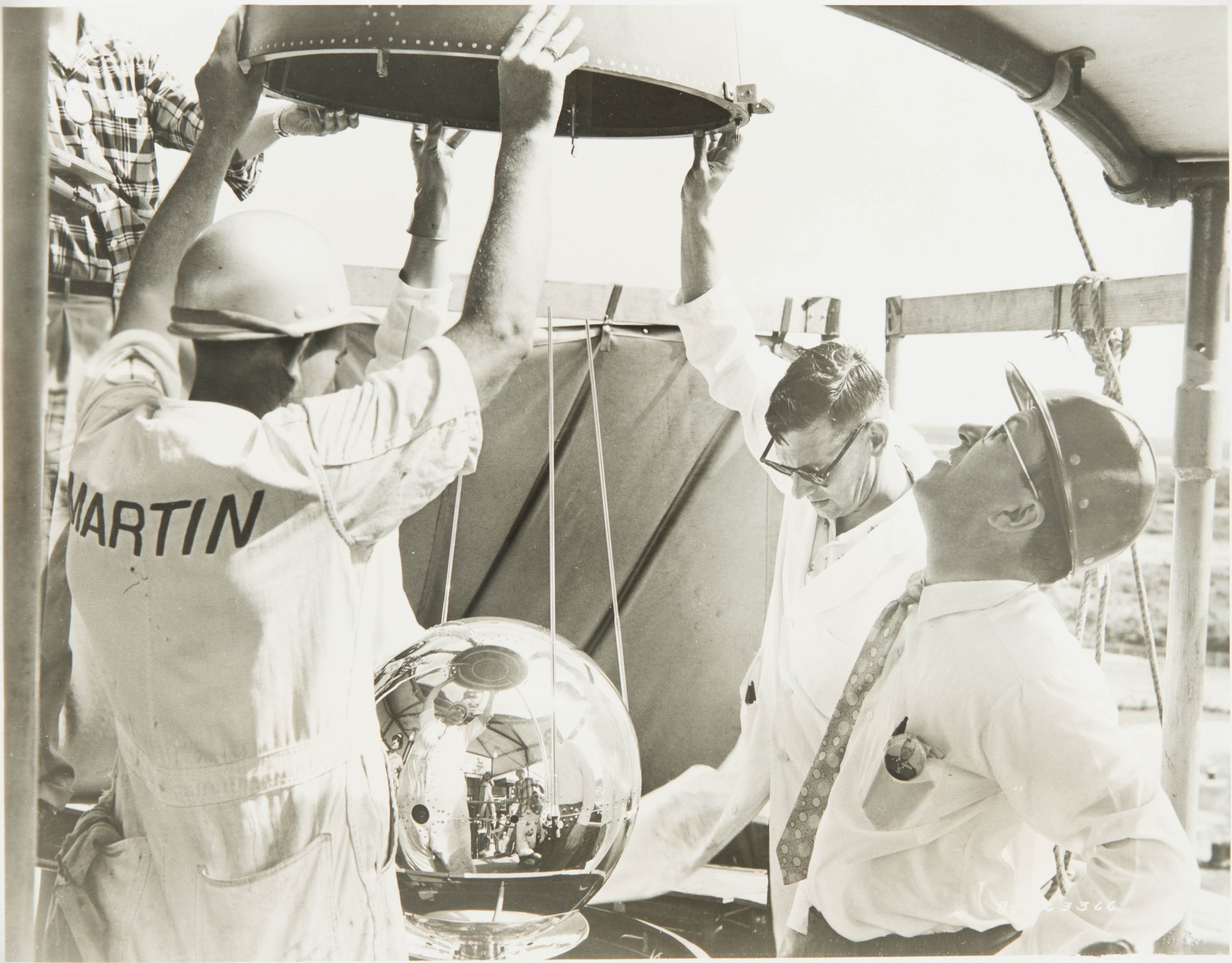
A few months after the launch of Vanguard I in 1958, the National Aeronautics and Space Act was passed establishing the National Aeronautics and Space Administration (NASA), and on May 1, 1959, NASA Administrator Dr. T. Keith Glennan announced that the Beltsville Space Center would become Goddard Space Flight Center. The center would be under the overall guidance of Dr. Abe Silverstein, then Director of Space Flight Development at NASA Headquarters.
Recognizing the expertise and dedication of the NRL team, NASA transferred many employees from Project Vanguard to form the nucleus of the Goddard Space Flight Center in Greenbelt, Maryland. The migration of NRL scientists and engineers to Goddard wasn't merely a paperwork shuffle, it was the transfer of their vital knowledge and experience.
Their impact was immediate. While initially tasked with completing Vanguard's mission, the Goddard center quickly expanded its scope, encompassing Earth science, astrophysics, and space exploration. Early Goddard employees formed the core of several projects, including the Explorer series of satellites and the Television Infrared Observation Satellite (TIROS) Program. They tackled the challenges of satellite communication, laying the groundwork for technologies that would be used for years.
Goddard's dedication ceremony took place on March 16, 1961, but its employees were hard at work well before that day. According to one employee's account, the Applied Mathematics Branch moved from an office in Anacostia to the Greenbelt site on May 9, 1960. Other employees from a Massachusetts Avenue office building in Washington, DC, arrived around the same time. Those early days at Goddard were not easy. Parking lots had not been paved and signs at the center directed employees to park their cars under a large grove of oak trees. Some buildings did not yet have running water and portable toilets were available outside.
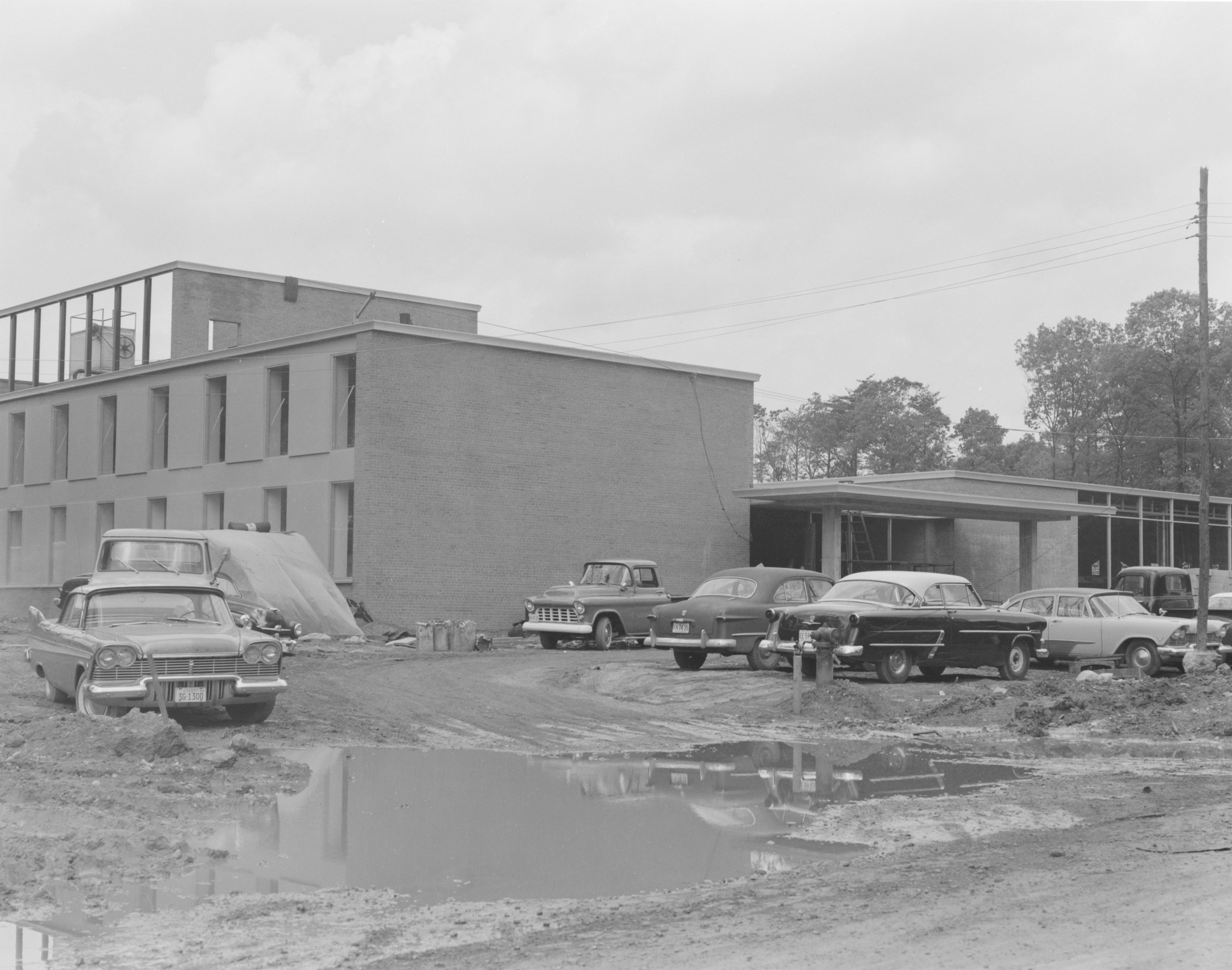
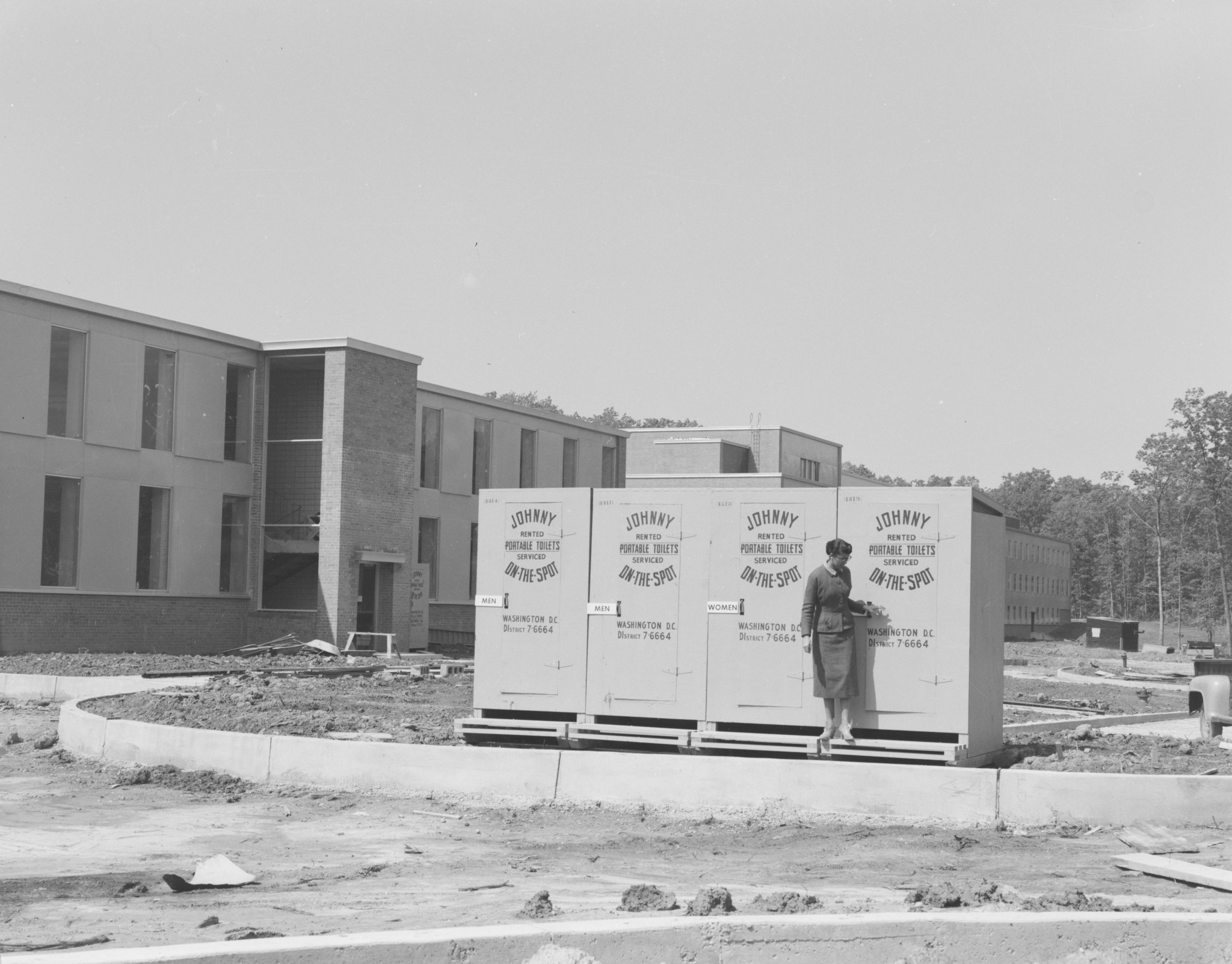
In celebration of Vanguard II's sixtieth anniversary in 2019, the Goddard Archives installed newly preserved flight spares of Vanguard II and Vanguard III. Vanguard II hangs in the atrium of Building 33 and Vanguard III hangs in the visitor's center. The Goddard Archives also hosted an event to highlight Goddard's roots in Project Vanguard. In attendance were NRL historian Angelina Callahan, who gave a short talk about NRL and Project Vanguard, and five employees who worked at Goddard when it was first established. The legacy of the early work at NASA Goddard endures, not just in its scientific achievements, but also in its inspiring work exploring the frontiers of our universe.
